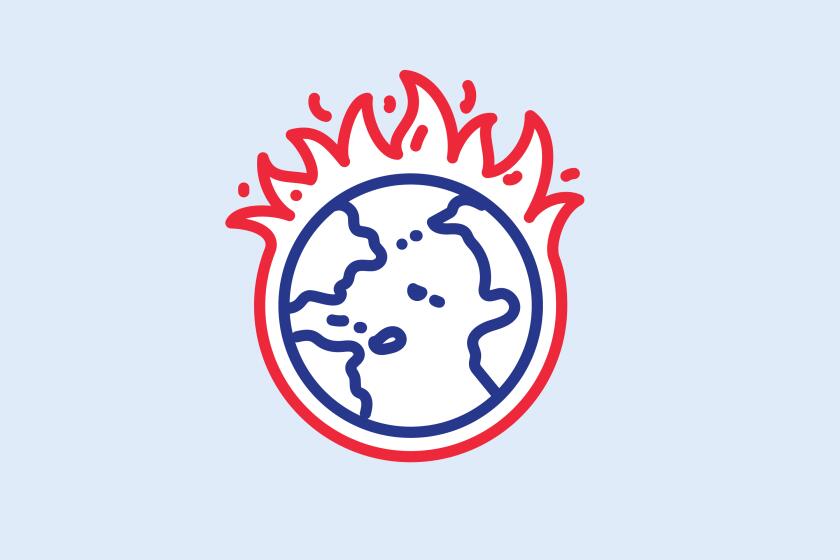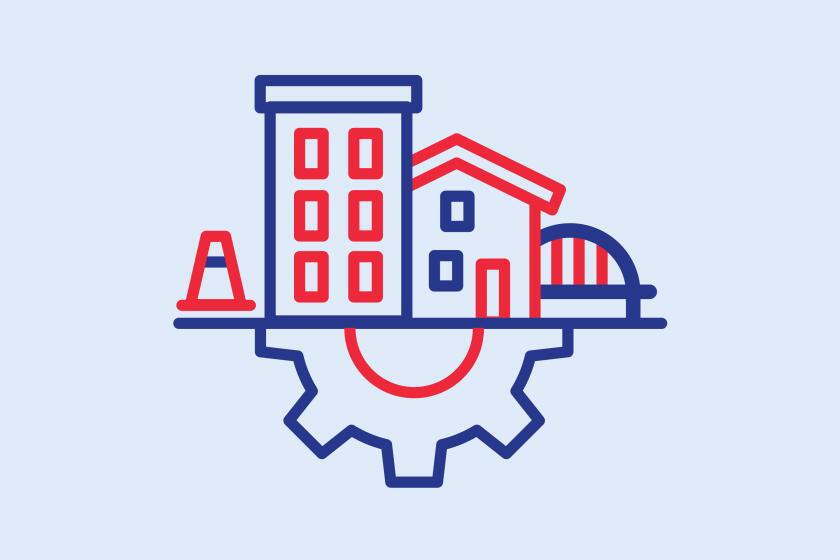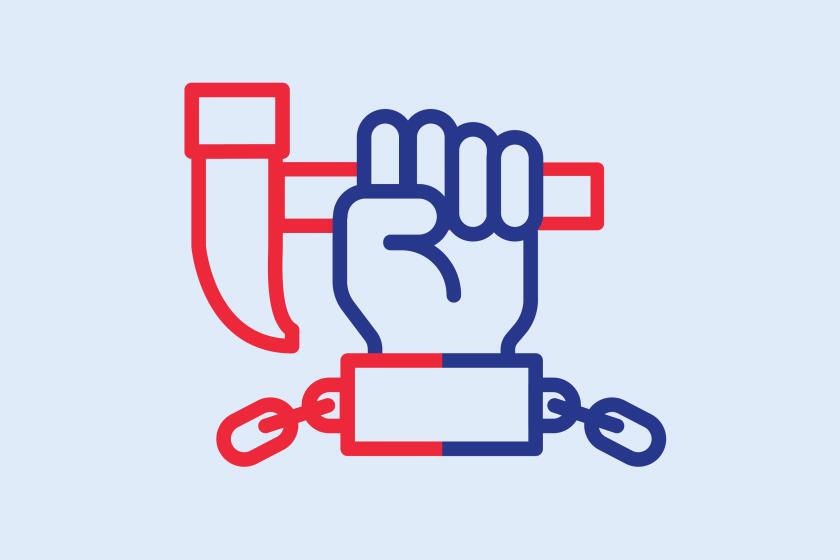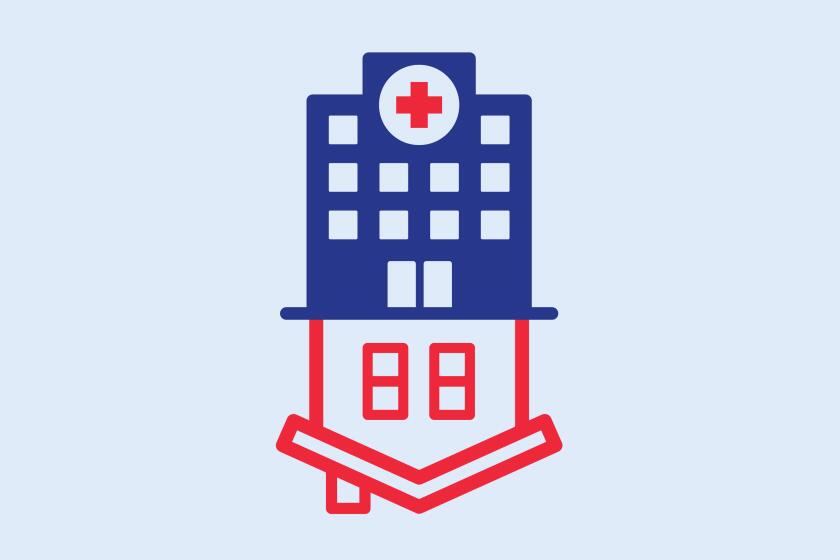
- Share via
In addition to a precarious presidential election and high-stakes U.S House races, California voters in November will also weigh in on a slew of statewide ballot measures that could significantly shape policy and affect the lives of millions of residents.
Ten measures will be on the ballot and will ask voters if they support raising the minimum wage, cracking down on crime, banning forced prison labor, capping rent and much more.
Latest vote counts for Prop 32 raising minimum wage, Prop 36 addressing crime, Prop 33 expanding rent controls and more
Golden State voters are accustomed to legislating by the ballot and are often faced with a list of propositions as part of the state’s direct democracy process. But this year especially, political parties are hopeful that some of the causes will help draw voters to the polls to check other boxes, too, said Mindy Romero, founder of the Center for Inclusive Democracy, a nonpartisan research organization focused on elections.
“Sometimes there are people who are not interested in the top ticket that may solely come out because of their cause,” said Romero, who is a political sociology professor at USC.
Altogether, campaigns supporting and opposing the ballot measures have collected tens of millions of dollars in contributions.
The number of ballot measures put to voters could have been much higher, but a flurry of last-minute negotiations in the state capitol led to measure proponents agreeing to pull their proposals in favor of legislation, including a move to make financial literacy a high school graduation requirement. The remarkable round of deal making comes as state leaders have fought to tackle a massive budget deficit and worry about bogging down voters with a crowded ballot.
Here are the propositions voters will officially see on their ballot in November:
Proposition 2
This bond measure would authorize the state to borrow $10 billion to modernize K-12 schools and community colleges.
The funding could be used to repair outdated school buildings and to upgrade libraries, heating and cooling systems and broadband internet.
School bond supports say the money is direly needed to help fund repairs and upgrades at thousands of California public elementary, middle and high schools and community colleges.
Proposition 3
This measure would remove outdated language in the state Constitution that still defines marriage as between a man and woman and instead replace it with a broad “right to marry.”
While the constitutional clause is unenforceable, and same-sex marriage remains federally protected, proponents of the measure say it’s a necessary precaution in case of potential rulings from a conservative Supreme Court majority former President Trump helped appoint.
The measure asks voters to change the California Constitution to enshrine a “fundamental right to marry” and remove language that defines marriage as between a man and a woman.
Proposition 4
This bond measure would authorize the state to borrow $10 billion to help fund the response to climate-related disasters such as drought, flooding and extreme heat. It would also help to ensure clean drinking water.
If approved by voters, it will be the largest investment in combating climate change in California history.
What to know about California’s Proposition 4, the proposed $10-billion climate bond that would pay for climate and environmental projects.
Proposition 5
This measure would make it easier for local governments to approve bonds and tax measures that fund affordable housing and some public infrastructure.
Proposition 5 would lower the required vote threshold to approve those measures from a two-thirds supermajority to 55%.
Proposition 5 will lower the voter threshold required to pass local affordable housing and transportation bond measures.
Proposition 6
This measure would ban involuntary servitude and end mandatory work requirements for state prisoners.
The proposed constitutional amendment is part of a reparations package for descendants of African Americans enslaved in the U.S.
Proposition 6 asks California voters to amend the state Constitution to ban involuntary servitude, which would end forced labor in state prisons.
Proposition 32
This measure would increase California’s hourly minimum wage from $16 to $18 and annually adjust it for inflation.
The proposal comes after the state’s politically powerful unions secured $25 an hour for healthcare workers and $20 an hour for fast-food workers and as cities including West Hollywood have moved ahead of the state minimum to as much as $19.08 an hour.
Proposition 32 would increase the minimum wage in California to $18 an hour and comes after industries such as fast food and healthcare have exceeded that rate.
Proposition 33
This measure would allow cities and counties to enact rent control.
Proposition 33 would repeal a 1995 law called the Costa-Hawkins Rental Housing Act, which generally prohibits local governments from limiting rental rates as issued by landlords.
Proposition 33 would allow local governments to dramatically expand rent control. It is drawing support from tenant groups and opposition from the real estate industry.
Proposition 34
This measure would require that healthcare providers spend most of the revenue they get from federal prescription drug discount programs on direct patient care.
It would apply only to a very specific subset of doctors who have spent more than $100 million over a decade on “anything other than direct patient care.”
Proposition 34 would limit non-patient spending by certain healthcare organizations. The Los Angeles-based AIDS Healthcare Foundation is the target.
Proposition 35
This measure would provide permanent funding for Medi-Cal, California’s version of Medicaid, which pays for health services for low-income residents.
Right now, a tax on managed health insurance plans that funds the program is set to expire in 2026.
Proposition 35 would spell out how the tax on health insurance providers like Anthem Blue Cross and L.A. Care, known as managed care organizations, can be used.
Proposition 36
This measure, backed by law enforcement agencies, would impose harsher sentences for drug possession and retail theft. It would turn some crimes involving fentanyl and repeated shoplifting that are currently misdemeanors into felonies.
Proposition 36 aims to roll back parts of Proposition 47, which a decade ago recategorized some low-level offenses.
This measure asks voters to change parts of Proposition 47, a controversial ballot initiative passed in 2014 that turned some nonviolent felonies into misdemeanors.
For the record:
2:58 p.m. July 9, 2024An earlier version of this article said California voters will weigh in on a slew of statewide initiatives in November. Of the 10 propositions listed on the ballot, only five are citizen initiatives that were qualified by signatures.
More to Read
Get the L.A. Times Politics newsletter
Deeply reported insights into legislation, politics and policy from Sacramento, Washington and beyond. In your inbox twice per week.
You may occasionally receive promotional content from the Los Angeles Times.






















